Creating Openness & Communication
Empowerment Through Ownership
Promoting Enquiry & Continous Learning
Intergrity & Transparency
Customer Focussed Innovation
Fastest With No Boundaries
Neptune Laser Marking Machine
NEPTUNE is a highly recommendable model for non-metal industries. It has different modes of power and starts from 30watt to 120watt. It have 10.6nm wavelength with very deep marking.it has marking speed of 5000mm/sec to 12000mm/sec with precise and accurate marking. It has Chinese/American standard laser module with long life and durability.
-
Precise laser engravings
-
Simple operation
-
Quick setup
Laser marking / Laser engraving
Laser systems mark on all metals and plastics (fiber lasers), as well as organic materials (CO2 lasers).
Annealing marking
A colour change can be achieved on metals by heating the material. The oxidation process takes place on the surface, so that the material surface remains flat and is not removed.
Logos / Data-Matrix-/ QR-/ Barcodes
In addition to logos, fonts and numbers, the application of different codes such as data matrix codes, QR codes and barcodes 128 EAN is possible.
Deep engraving
Creating a deep engraving with the very fine laser beam is only a matter of time. Over a multitude of repetitions, the laser beam works its way deeper and deeper into the material from layer to layer.
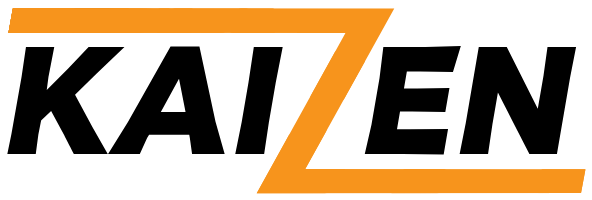







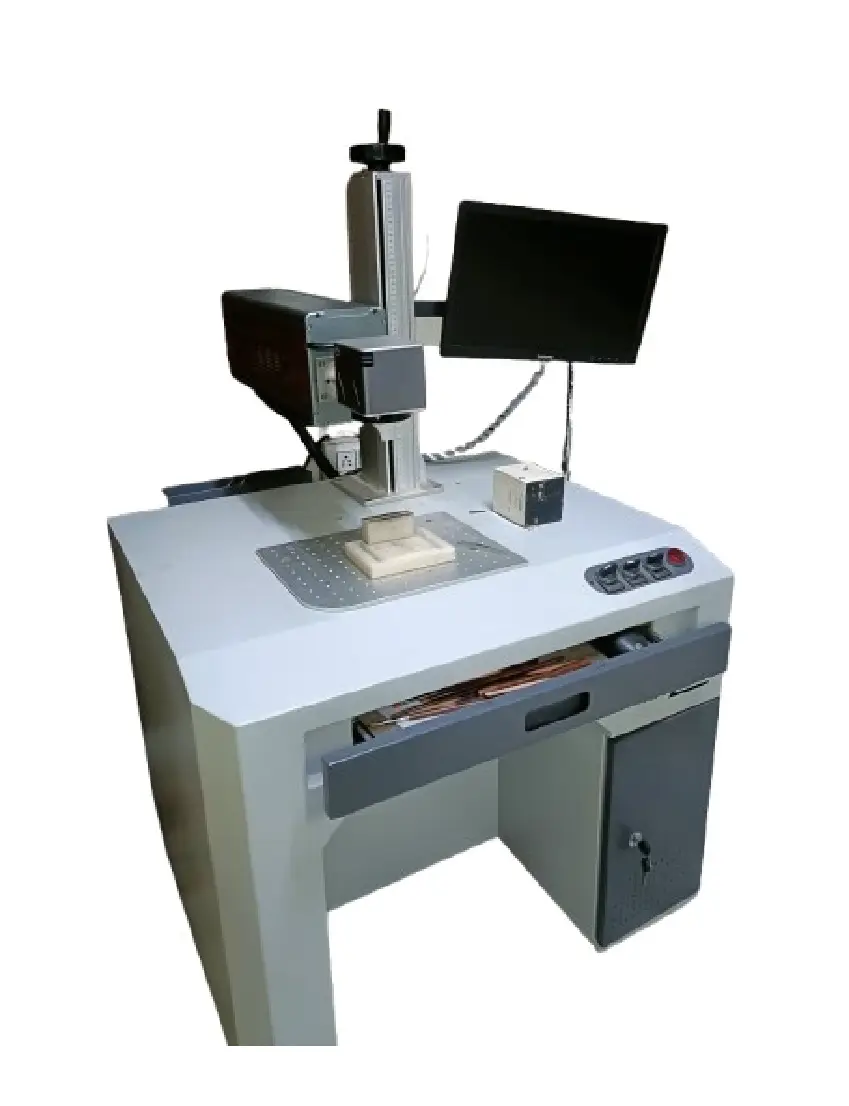
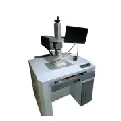
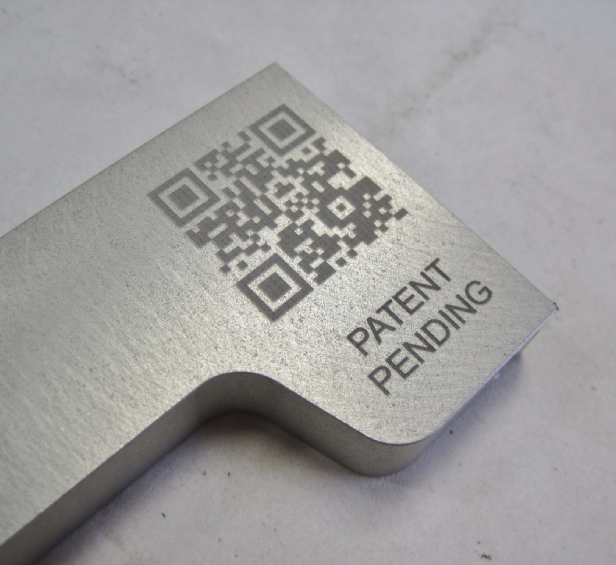
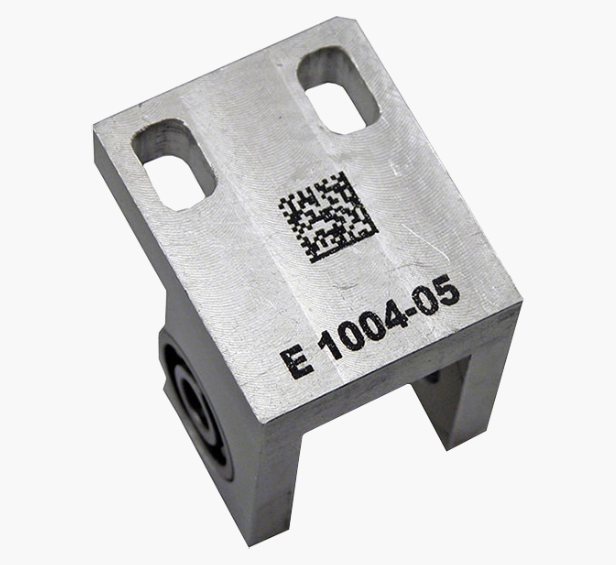
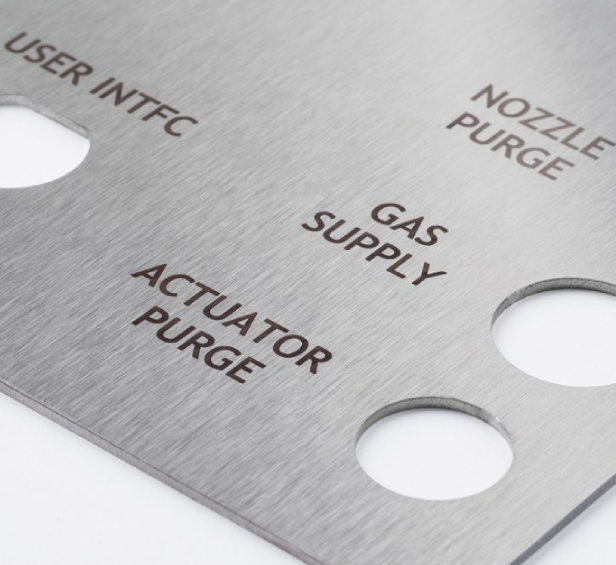

Comments (02)
There are many variations of passages of Lorem Ipsum available.
Lorem Ipsum is simply dummy text of the printing and typesetting industry. Lorem Ipsum has been the industry's standard dummy text ever since the 1500s, when an unknown printer took a galley of type and scrambled it to make a type specimen book.
Lorem Ipsum is simply dummy text of the printing and typesetting industry. Lorem Ipsum has been the industry's standard dummy text ever since the 1500s, when an unknown printer took a galley of type and scrambled it to make a type specimen book.
Lorem Ipsum is simply dummy text of the printing and typesetting industry. Lorem Ipsum has been the industry's standard dummy text ever since the 1500s, when an unknown printer took a galley of type and scrambled it to make a type specimen book.